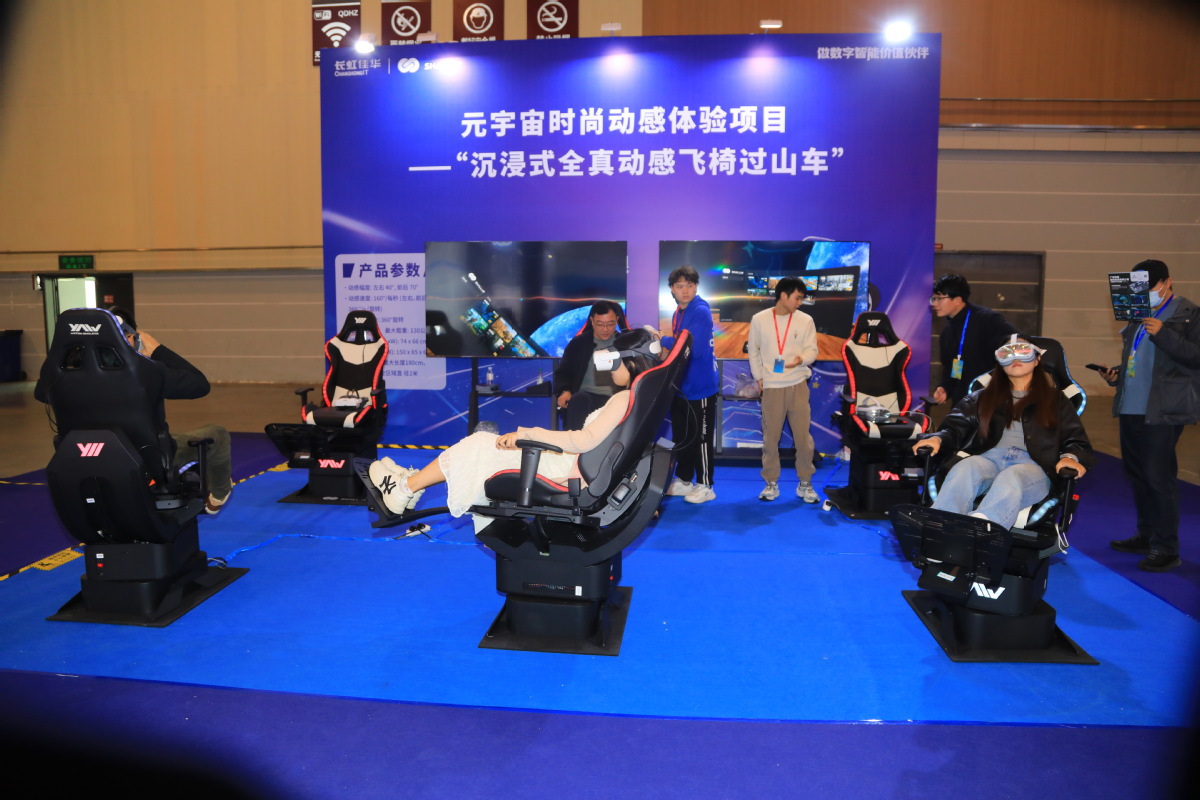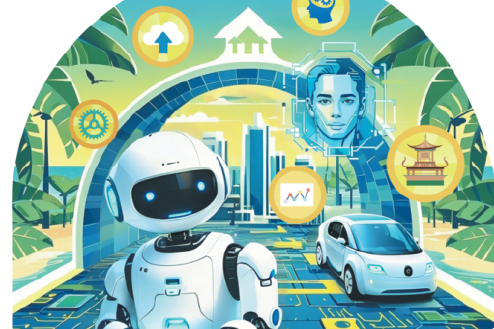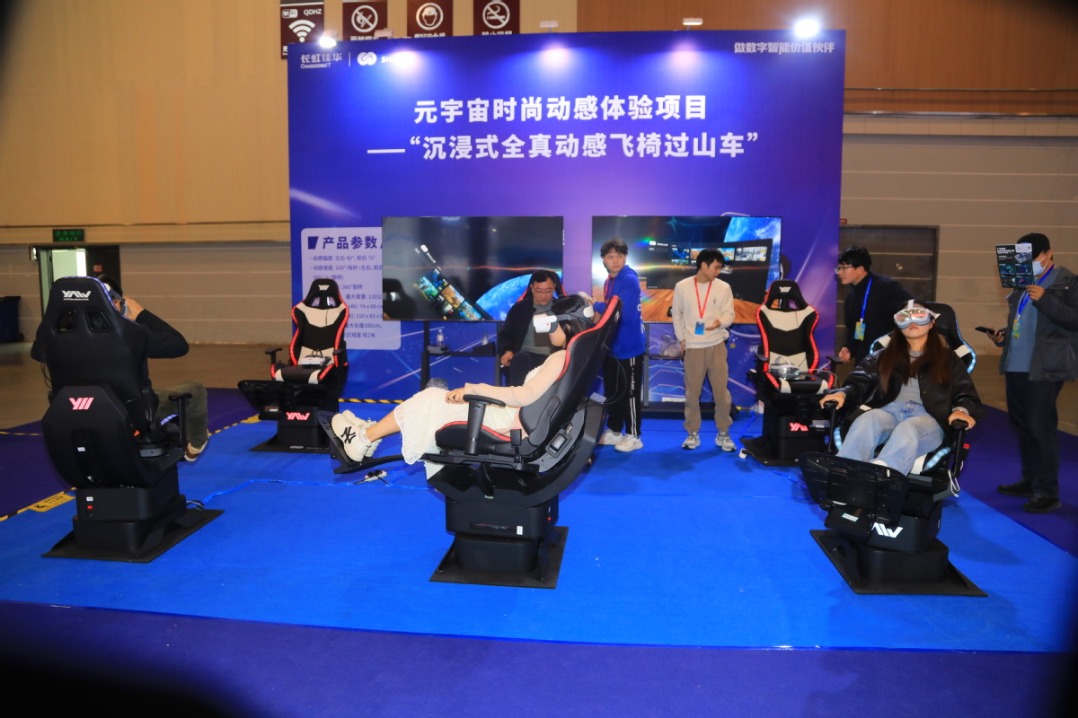Metaverse a next step in human spatial expansion


Metaverse as a concept has become a narrative that is unifying the fragmented universe of virtual reality, augmented reality, and any of the variants of emerging reality technologies that we have witnessed. The emergence of the Metaverse highlights the saturation of the 2D digital space in which corporations vie for users' attention through advertisements on screens and through large displays.
Unlike 2D interfaces, Metaverse leans toward immersive environments, where users' primary sensory inputs (visual and auditory) are mediated through headsets or glasses. In this space, the body itself becomes the input device, shifting the focus from attention to embodied presence. Just like attention once drove profit, in the future, it will be our presence within the immersive virtual environment that will hold value for corporations. This shift signals a post-media future where interacting with the mediated world will become embodied, more physical, tangible, and participatory.
The concept of space as a resource is crucial, as humanity has always sought to occupy and expand into available spaces. Historically, our physical space has been exhausted, leading to overcrowding. With the rise of the internet and evolving versions of the Web, humans began to occupy digital spaces (the cyberspace), repeating the cycle.
Now that the 2D Web has become saturated, there's a growing need to explore the third dimension (3D space), driven by advancements in computing and investment from Big Tech. The Metaverse exists to fulfill our need to expand into spaces beyond the dimensions that we currently inhabit.
The proliferation of data-capturing devices has made data highly accessible in various formats and resolutions, which in turn supports content generation for Metaverse and Generative AI. XR technologies, when properly utilized, could transform how we learn, communicate and work, aligning with Daniel Bell's prediction about the growing importance of manipulating information. The rise of GenAI presents both uncertainties and opportunities.
In recent months, there have been GenAI models that transform heritage figurines into dancing models. I strongly oppose the use of AI in this particular way, because it belittles the cultural significance handed down to us from previous generations. The younger generation can be amused by dancing cultural heritage figurines, but they will grow up having the perception that all there is to heritage is amusement.
In my knowledge as an expert in Digital Heritage and Metaverse Technologies, to ensure these technologies benefit society, and especially our younger generation, it is necessary to understand their nature and properly define their purpose.
Before using digital technology for any purpose, I would ask questions such as: Can x technology do y which traditional approaches were not able to? How will x technology add value to y within spectrum z which traditional approaches could not already have done so? How will technology affect those who use it, as well as society at large?
We need to understand that digital technologies can provide additional dimensions for information, and how these dimensions can be leveraged so that information becomes meaningful, and can be communicated in more effective ways. Our contemporary apps have given us permutations and combinations of information through only two dimensions.
What would three dimensions and even immersivity in Metaverse technologies give us? I think we have only begun to scratch the surface of these technologies. GenAI is providing us with higher dimensions of possibilities in the information space. This is a critical juncture, and how we aim to use this space to benefit society will define our progress in the conservation and communication of cultural heritage.
Digital technologies can enhance various aspects of the information space for cultural heritage, including interactivity, visualization, storytelling and the immersive qualities of virtual environments, but only if we understand the nature of these spaces, its dimensions and how to use them for enhancing the information space.
Digital technologies possess a distinct materiality, and it is only by fully understanding how to harness their potential that we can truly reap their benefits. Let's take a physical material for example. Glass is primarily made from silica (sand) and other minerals, which when melted and cooled, can form a rigid, transparent material. The composition and properties of glass is its transparency, brittleness, malleability when heated, and refraction and reflection under light. When human beings learned to use glass as beads, pots, and containers, they harnessed only its basic uses.
But in advanced society, the progress in the understanding of glass has brought about the development of fiber-optics technology, where glass fibers as thin as hair are used to transmit data at incredible speed and long distances, which became the backbone of telecommunications and the internet.
Digital technologies create two major dimensions of information space: scientific and experiential. In the scientific dimension of archaeology and heritage, digital technologies can contribute to research and preservation, restoration and conservation, data-driven analysis, and simulation and reconstruction. The experiential dimensions would include virtual and augmented reality, interactive exhibitions, storytelling, narratives and education, memory and identity, and personalized heritage.
While the scientific dimension has facilitated the discovery of new information as well as contributed to new knowledge via the research process, the experiential dimension communicates history and heritage in a way that is experiential, providing much more information than textbooks and documentaries, which are passively consumed and used.
As we progress toward the future and advanced technologically, the ways in which we can gain knowledge and value by engaging with, preserving and communicating cultural heritage will continue to expand. It is in such an exciting future that we must do all we can to protect the distortion of information, through ethical use of Metaverse technologies and GenAI.
The author is the dean of the School of Cultural and Creativity, Beijing Normal University-Hong Kong Baptist University United International College and the editor-in-chief of PRESENCE: Virtual and Augmented Reality, MIT Press.
The views don't necessarily reflect those of China Daily.
If you have a specific expertise, or would like to share your thought about our stories, then send us your writings at opinion@chinadaily.com.cn, and comment@chinadaily.com.cn.
































